Lose Weight. Gain Energy. Reverse Time.
Welcome to a New Era of Wellness
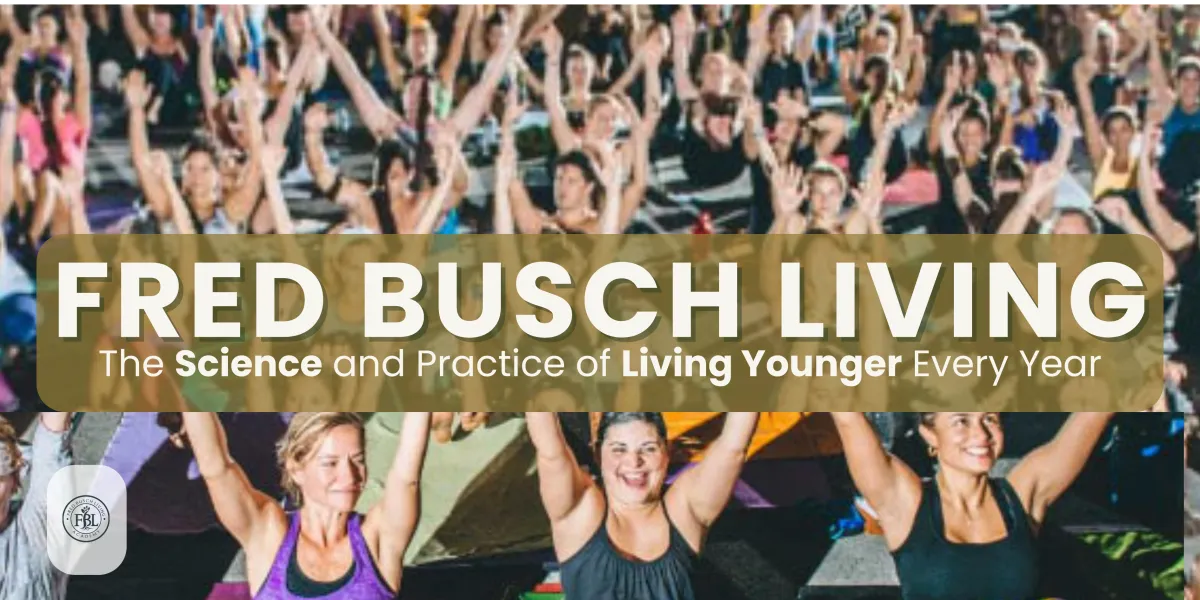
Fred Busch Living is the evolution of over 25 years of teaching, healing, and research into the science of rejuvenation. Uniting yoga, nutrition, meditation, and natural healing into one clear path — The Rejuvenation Code — this system is proven to help you look, feel, and perform younger every day. From retreats in the Andes to advanced trainings and mentorship, everything Fred Busch offers is designed to empower your vitality and unlock your potential.
The Rejuvenation Code by Fred Busch
The System Behind Every Transformation
The Rejuvenation Code is Fred Busch’s 5-pillar framework for losing weight, restoring energy, reversing aging, and sustaining health. It’s not a diet, not a fad, not another app—it’s the code your body has been waiting for.

Activate Your Body, Liberate Energy
Scientific Vegan Nutrition & Certification Path
Reprogram the Subconscious Mind
The Regenerative Power of Rest
Feedback Loops & Conscious Living
This is the system that makes results stick — powering Fred’s certifications, retreats, mentorship, and healing work worldwide.
As featured in...





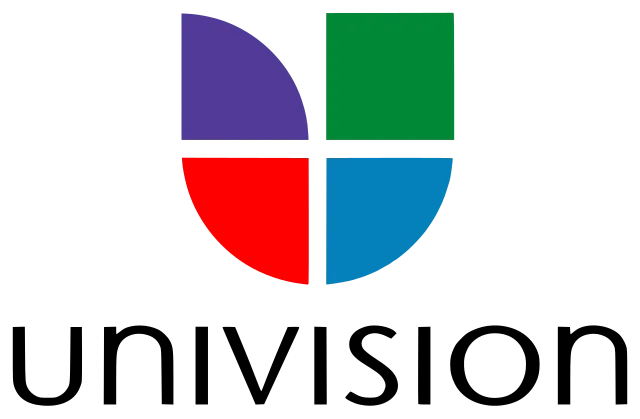






Fred is the author of four books on wellness, including The Rejuvenation Code and The Lower Back Bible — works that extend his influence far beyond the classroom and into the lives of readers seeking real transformation.
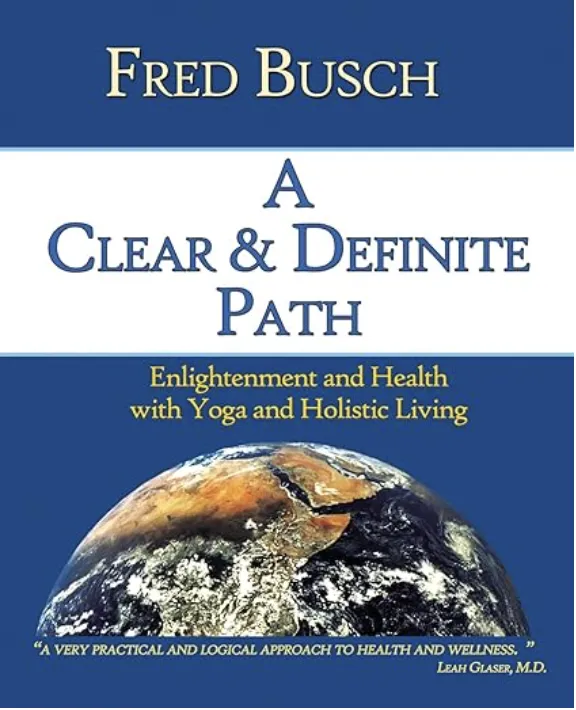
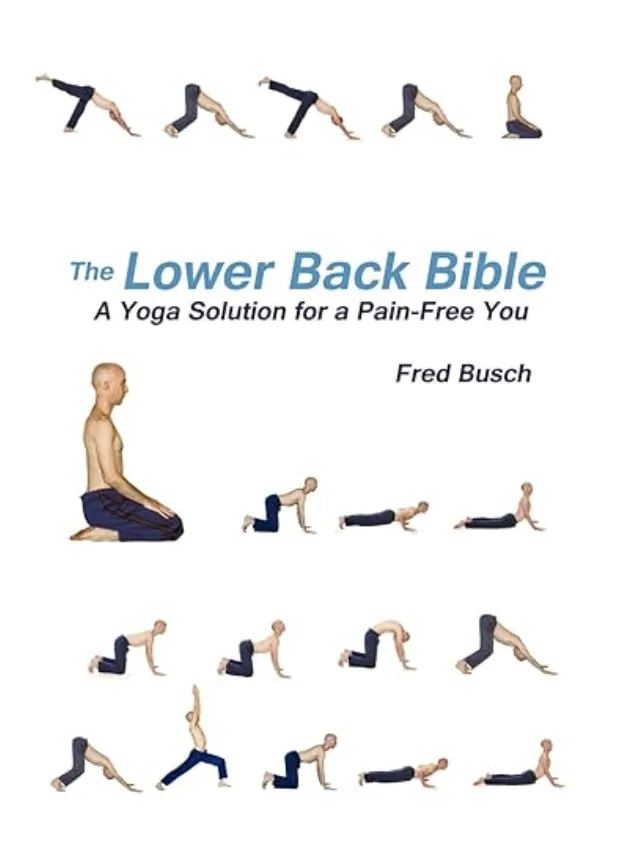


Meet Director Fred Busch
A Proven Authority in Yoga, Wellness & Healing
Fred Busch is a dedicated practitioner of Yoga. For more than two decades, Fred has been training teachers and transforming lives across the globe. His system blends yoga, nutrition, meditation, anatomy, and anti-aging knowledge into one powerful framework — a path that continues to create lasting change for students worldwide. Since the 1990's Fred has been recognized as one of the most talented and innovative Yoga Teacher Trainers in the world. His approach is not only about certifying teachers — it’s about transforming lives.
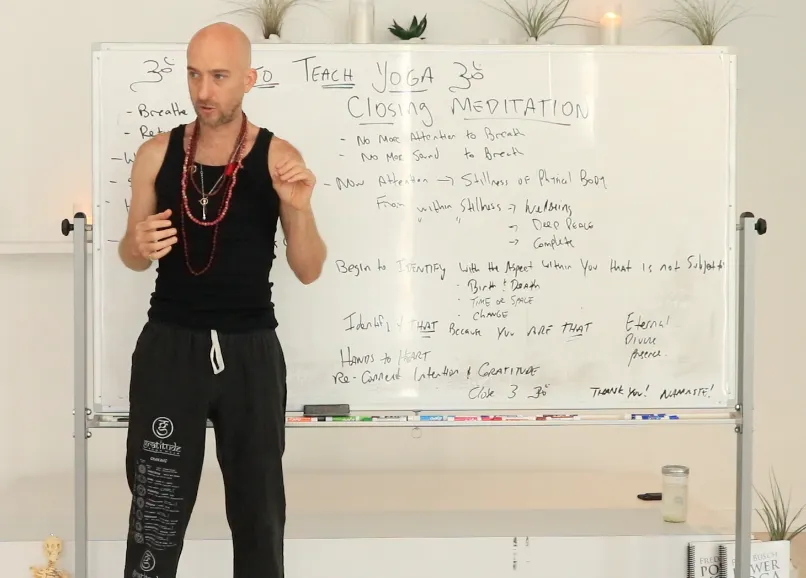
25+
Years of Experience
4
Books on Wellness
2300+
Certified
Certifications with Fred Busch Living Academy
Become Certified. Change Your Life. Help Others.
From 200-Hour Yoga Alliance Teacher Trainings to Advanced 300-Hour Programs and the 7-Day Vegan Master Certification, Fred Busch Living Academy prepares teachers and leaders to inspire worldwide.
Fred Busch’s certifications are available at Medellín Retreat, in select global destinations, and — for those seeking the most personal path — through rare 1:1 training directly with Fred. No matter where you train, you graduate with more than a certification. You walk away with a system for health, longevity, and a way of living that continues to transform long after the program ends.

Get Certified and Transform
From 200-Hour Yoga Alliance Teacher Trainings to Advanced 300-Hour Programs and the 7-Day Vegan Master Certification, Fred Busch Living Academy prepares teachers and leaders to inspire worldwide.
Direct Access to Fred 1-0n-1
Choose private mentorship without certification, or 1:1 certification tailored to your goals. This is the deepest, most exclusive path — rare access to Fred, built for those who want transformation at the highest level.
Master the Hands-On Arts & Injuries
Author of The Lower Back Bible, Fred is recognized as one of the world’s most skilled yoga therapists and bodyworkers. His trainings teach not just yoga… but healing. Students and clients alike experience profound results, from resolving chronic back pain to mastering bodywork and adjustments.
Mixed Martial Yoga -Strength Meets Stillness
Where Martial Arts Meets Yoga
Co-created with Master Jimmy Pool, Mixed Martial Yoga blends the discipline of martial arts with the flow of yoga. This innovative system develops strength, flexibility, and mental focus — a practice unlike anything else in the world.
From the Students
Read what students and have to say

"“Fred’s training didn’t just certify me — it transformed my life. I know that that sounds like a cliche but seriously i am a different person after his program.”
Danielle Hartman, London

The Lower Back Bible saved me. And working with Fred in person gave me my life back.”
Richard Green, Miami

The combination of nature, community, and Fred’s teachings made Medellín Retreat the most transformative week of my life
Paula Andrea, Bogota
Your Path to Teaching, Healing, and Transformation Starts Here.
RESOURCES
CUSTOMER CARE
ADDRESS
MAIN OFFICE:
FRED BUSCH LIVING
10982 SW 117 STREET
MIAMI, FLORIDA
33176
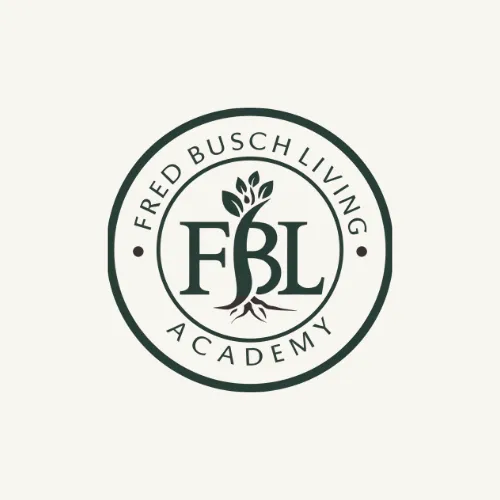
© Copyright 2025. FB Wellness Inc.. All Rights Reserved.